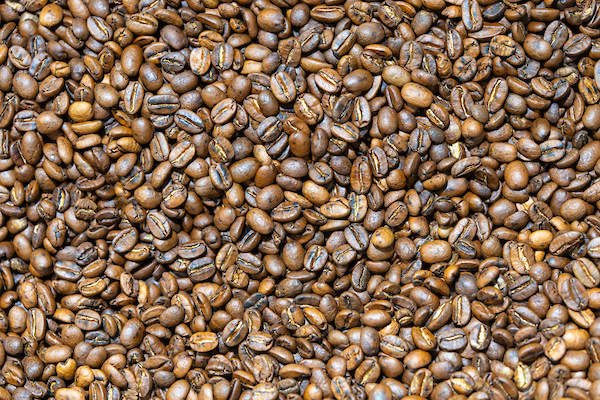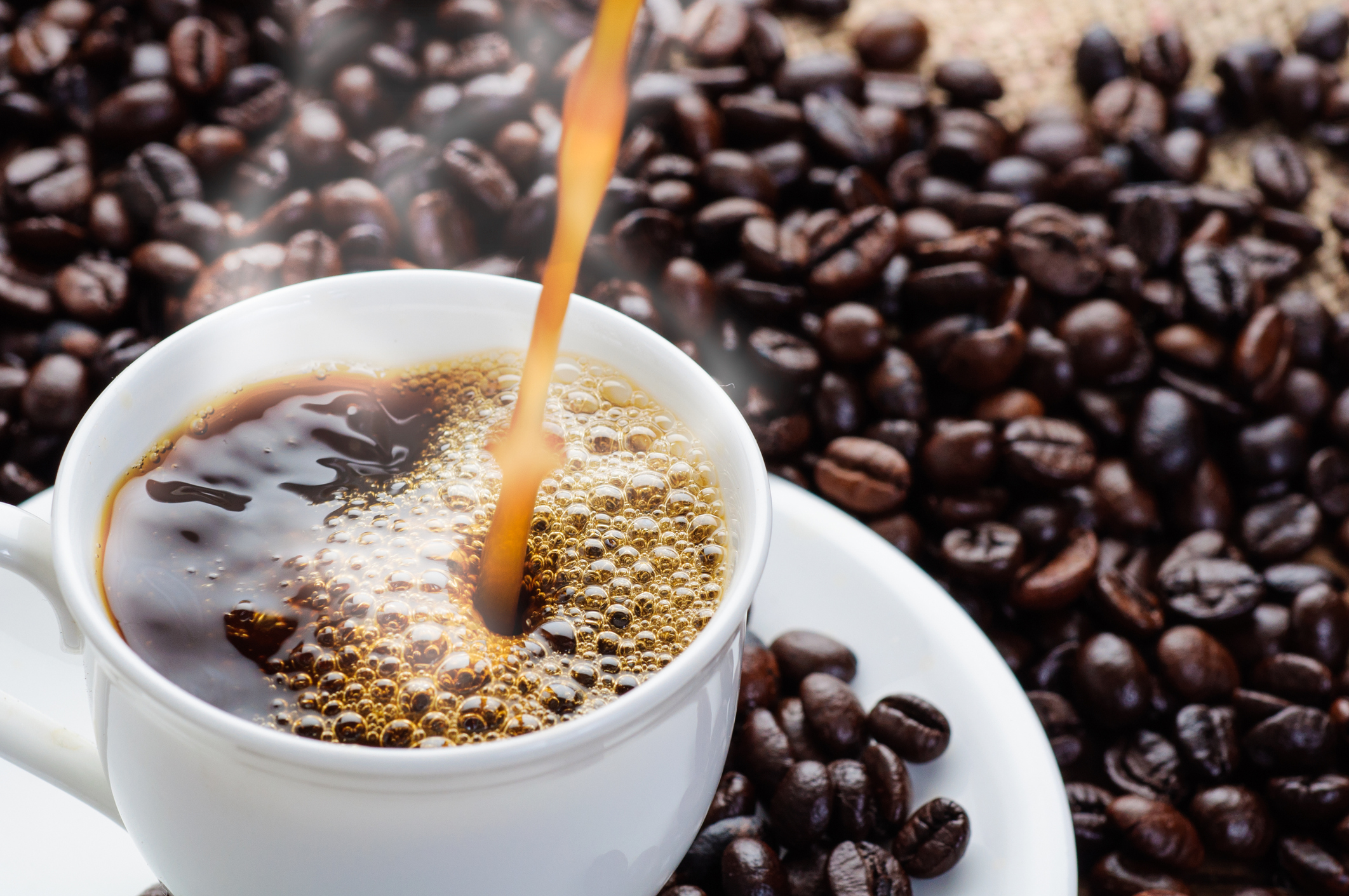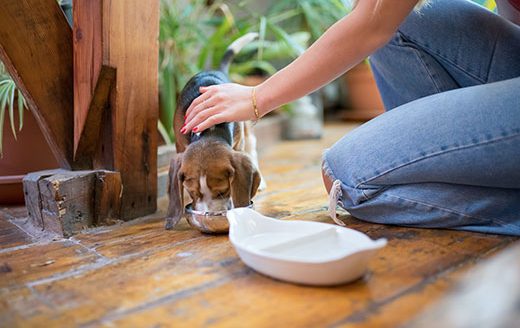Making a cup of coffee that feels as good as it tastes
A perfect cup of coffee starts at the source — the coffee farms where it’s grown.
Eric Brenner, Texas A&M AgriLife Center for Coffee Research and Education assistant director, Bryan-College Station, has some useful tips on how to brew a truly good cup of coffee and what purchasing good coffee really means for you and the farmers who grow the beans.
Pick the best coffee beans: Specialty coffee

Start with quality coffee. The best quality beans are labeled as “specialty coffee” and “100% Arabica beans.” There are 10 cupping attributes, but a good starting point is to focus on these five: flavor, aroma, sweetness, body and acidity.
Specialty coffee is carefully graded and sorted before roasting, ensuring it has little to no defects like fungus, insect damage or irregularities that will affect the quality of the cup.
When buying coffee, it’s best to choose specialty single-origin coffee. Look for labels that provide details like the altitude, the processing method — whether natural, honey or washed, the country and region of origin, and variety. Avoid dark, oily beans; they should be brown and almost dry to the touch.
Choose the right roast
Selecting the right roast level is crucial for highlighting the coffee’s unique characteristics. Light and medium roasts preserve the nuanced flavors influenced by factors such as soil, location, environment, processing methods, varieties and ecosystems. These allow the distinct qualities of the coffee to shine through. In contrast, dark roasts often overshadow these characteristics, introducing more dominant burnt and ashy notes that can mask the coffee’s original flavors.
Why grinding matters
Mastering the art of grinding coffee can greatly enhance your coffee experience, allowing you to tailor each cup to your taste preferences and brewing method.
For example, a coarse grind with larger, chunky particles is ideal for French press and cold brew, which involve longer brewing times.
A medium grind, like granulated sugar, suits standard drip coffee makers and some pour-over devices, ensuring a clean and well-extracted cup.
A fine grind, with a texture like table salt, is needed for espresso machines and Moka pots, as it allows the rapid extraction required for a rich, intense flavor.
An extra-fine grind, almost like flour, is used for Turkish coffee, which produces a strong, thick coffee traditionally served unfiltered.
Brewing methods
The “best” brewing method depends on personal preference. Each method creates a distinct flavor profile due to varying extraction rates. Each brewing technique extracts coffee soluble in unique ways, leading to a diverse range of flavors:
- Pour-over: Provides precise control over extraction, resulting in a clean, nuanced cup that highlights specific flavors of the coffee.
- French press: Extracts more oils and fine particles, producing a fuller-bodied and often more robust flavor.
- Aeropress: Offers flexibility to adjust brewing parameters, which can yield a range of flavors from a clean cup to a rich, espresso-like profile. Aeropress is a great option to take on the road.
- Drip coffee maker: Typically extracts coffee at a moderate rate, producing a balanced flavor that might lack the depth or complexity found in other methods.
- Espresso machine: Extracts coffee quickly under high pressure, resulting in a concentrated, intense flavor.
- Cold brew: Employs a long extraction time to produce a smooth, less acidic coffee, making it ideal for iced beverages.
Good water is key
Brewing with high-quality water is essential to good coffee.
Tap water can be poor quality and contain total dissolved solids as well as chlorination that can hurt the flavor. On the other hand, distilled or reverse osmosis water can lack minerals that can enhance the flavor of your coffee.
Brenner suggests using filtered or bottled water and possibly adding coffee-specific minerals to distilled water to significantly improve your coffee’s flavor.
And when heating your water, avoid exceeding the boiling point, as water that is too hot can over-extract the coffee, resulting in a bitter taste.
Brenner’s coffee recipe
The right amount of coffee and water for brewing is all about the ratios. Just like in any cooking recipe, Brenner said coffee requires a recipe. Most consumers think of coffee in terms of scoops per cup, but a more precise approach uses coffee-to-water ratios measured by weight with a kitchen scale.
For every gram of coffee, use between 13-20 grams, or about a half ounce, of water. For example, with a 1:15 ratio, if you use 30 grams of coffee, you need 450 grams of water or 1 and a half ounces of coffee to about 16 ounces of water.




